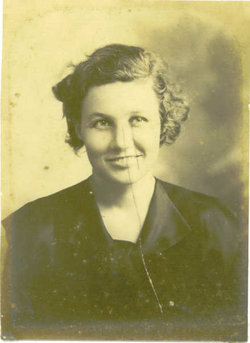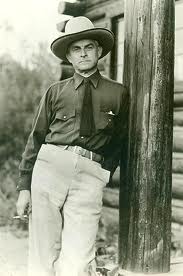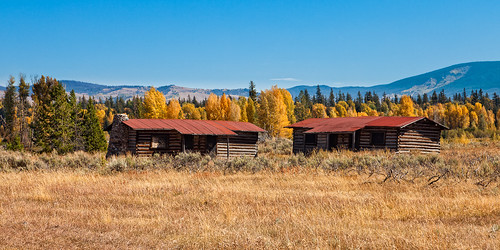
Rehabilitar habilitar una esperanza posibilitar un lugar un encuentro habitar un espacio un tiempo abrir los ojos a media caña respirar oler cada mañana caminar por las nubes regar los cipreses coger un puñado de arena sembrar la tierra con el viento oler oler la vida quedarse inmóvil viendo pasar las nubes... MOLER LA VIDA.
El tema central de este Blog es LA FILOSOFÍA DE LA CABAÑA y/o EL REGRESO A LA NATURALEZA o sobre la construcción de un "paradiso perduto" y encontrar un lugar en él. La experiencia de la quietud silenciosa en la contemplación y la conexión entre el corazón y la tierra. La cabaña como objeto y método de pensamiento. Una cabaña para aprender a vivir de nuevo, y como ejemplo de que otras maneras de vivir son posibles sobre la tierra.
sábado, 29 de junio de 2013
Corazón de niño. Imagine
miércoles, 26 de junio de 2013
Biblioteca y jardín

lunes, 24 de junio de 2013
domingo, 16 de junio de 2013
CABAÑAS INSUMISAS. LIBERTAD GASEADA. INDIGNACIÓN
![[foto de la noticia]](http://estaticos02.cache.el-mundo.net/elmundo/imagenes/2013/06/13/internacional/1371137382_extras_portadilla_0.jpg)
La belleza y dignidad del pueblo turco en lucha
Un pueblo gaseado
La vejación de un pueblo
 'La mujer de rojo', símbolo de las protestas en Istanbul
'La mujer de rojo', símbolo de las protestas en Istanbul

 |
| Tiendas de campaña instaladas en el parque Gezi de Istanbul |
sábado, 15 de junio de 2013
La cabaña de Frances Wisner, pionera autogestionaria y ambientalista de Idaho

 |
| Historical Museum's Idaho Characters Collection |
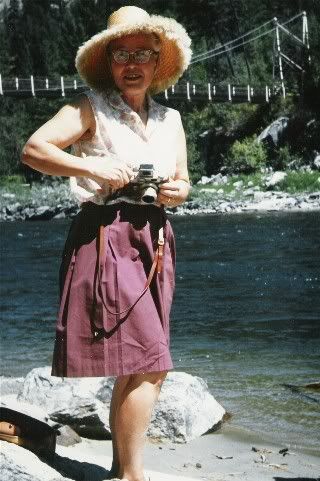

jueves, 13 de junio de 2013
El rancho de Struthers Burt, una versión romántica del vaquero del oeste

Princeton-educated Struthers Burt was a popular writer whose book, The Diary of a Dude Wrangler, inspired a whole new generation of dude ranchers. Burt was originally opposed to the creation of a national park in Jackson Hole. However, by the 1920s, Burt used his power of the pen in national publications to lobby for the protection of the scenic qualities of Jackson Hole. Jackson Hole Historical Society and Museum.
Struthers Burt graduated from Princeton University in 1904. In 1908 he moved to Wyoming and founded the JY Ranch with Louis Joy. This ranch ultimately became the famous Rockefeller Ranch of the same name (the JY). In 1912, following a dispute with Louis Joy, he established the Bar BC Bar B C Ranch, a dude ranch. He met and married his wife, Katherine Newlin Burt an author of Western novels, in the same year. Burt's son, Nathaniel Burt, was also a published writer.[1]
Struthers was one of the people who led ultimately to the establishment of Grand Teton National Park when, in 1923, he met with other like-minded individuals at Maud Noble's cabin and began the process of gathering support to have the area come under protection by the Federal Government.
His papers are housed at Princeton University.
The Diary of a Dude Wrangler
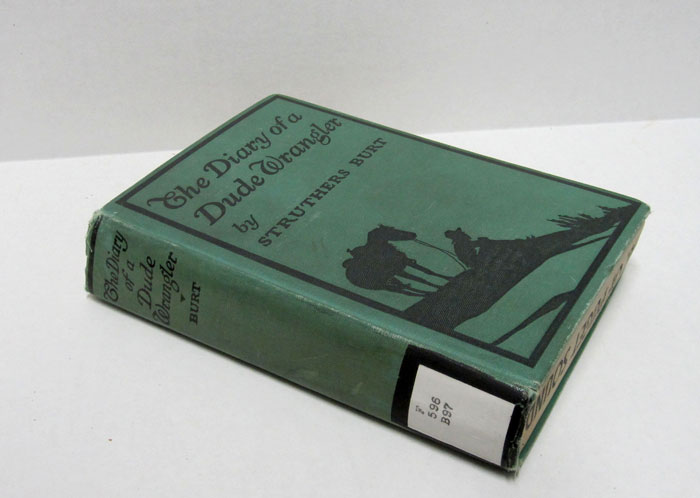
Published in 1924 and written by Struthers Burt, this book is dedicated to all the dudes, cow-punchers, ranchers and horses the author has met. ( by the way, a cow-puncher is another term for a cowboy!)
Struthers Burt was a noted writer and rancher that lived in the early twentieth century. He taught writing at Princeton University. His personal papers are located at Princeton University and the collection includes various copies of some of Burt’s own works, correspondence with family and friends from his days at Princeton University, and assorted materials about his family and genealogy.
The Last paragraph from the book is quite poignant when read in the context of our environment in 2012:
“I have said that the old West is still there, and so it is, and I have said that in many places it will continue to exist, and that is true, also, but I am afraid for my own country unless some help is given it – some wise direction. It is too beautiful and now too famous. Sometimes I dream of it unhappily. And when my blood sirs in my dreams I think that somewhere the blood of my uncle and my great-grandfather must be stirring, too."

Words from the Wild
Cadre of accomplished writers discovered Jackson Hole early on
BY ELIZABETH CLAIR FLOOD


 |
| This cabin, numbered 18 on the jamb, is one of the buildings on the property that was recently stabilized to preserve it for future restoration. The cabin has a new roof and several new support timbers for the roof while the walls still show the wear of their age. |



http://www.greateryellowstonescience.org/node/3184
miércoles, 12 de junio de 2013
Georgia O'Keeffe. Cabin to my Heart
 |
| Georgia O'Keeffe (1887-1986) Photograph of Georgia O'Keeffe by Alfred Stieglitz in 1918. |
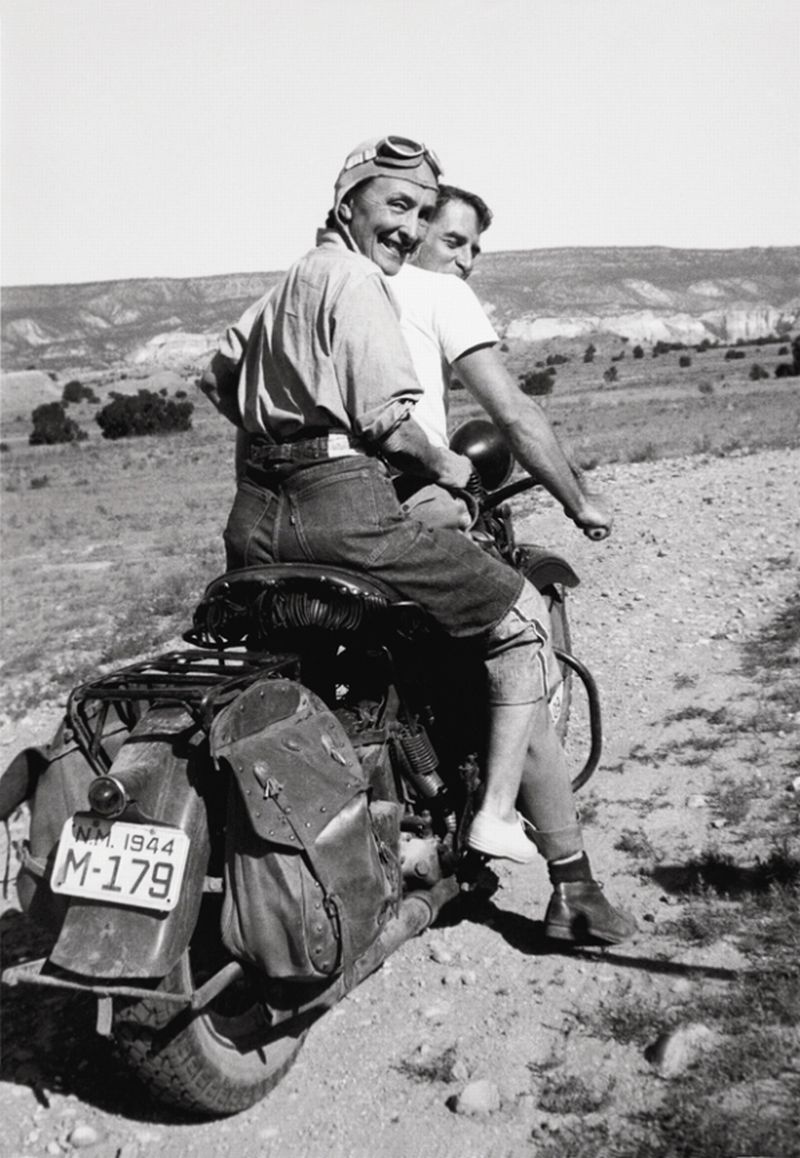


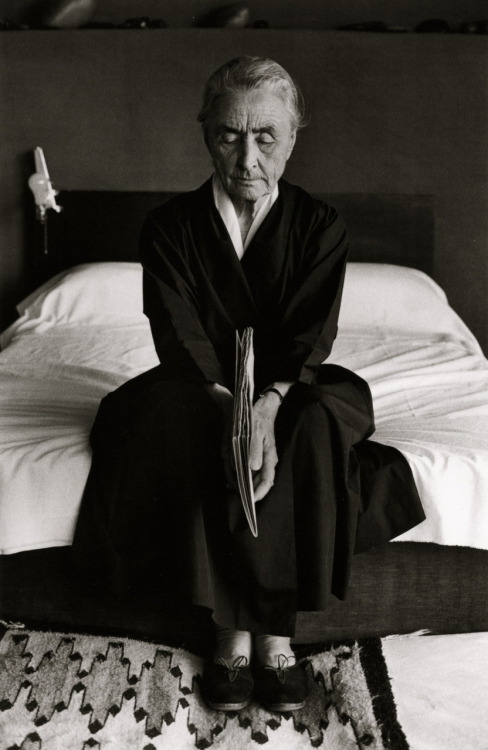 |
| Georgia O'Keeffe - John Loengard |

Photo: Herbert Lotz; Abiquiu House Studio, 2007; copyright Georgia O'Keeffe Museum, reprinted by permission

Georgia O'Keeffe
Retrato de of Georgia O'Keeffe por Alfred Stieglitz, 1918.
|
 |
Log Cabin Amid Beautiful Scenery in Abiquiu, New Mexico.
In Abiquiu, where Georgia O'Keeffe called home for many years. It would be easy to get inspired in such a place.
|

The cabin is rumored to have been built in the 1930s and once inhabited by Georgia O’Keeffe.
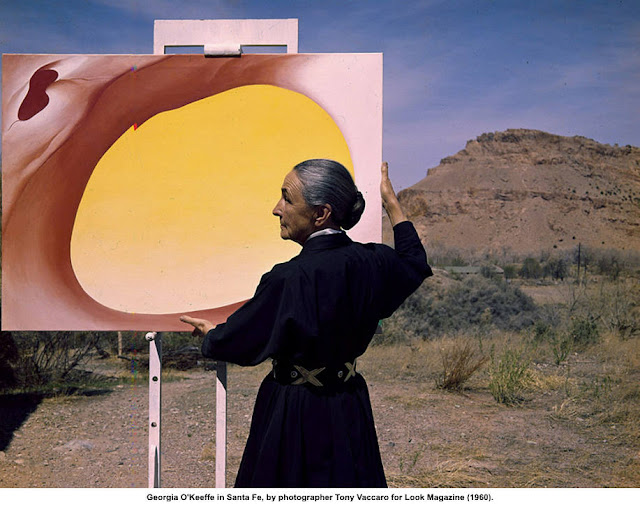

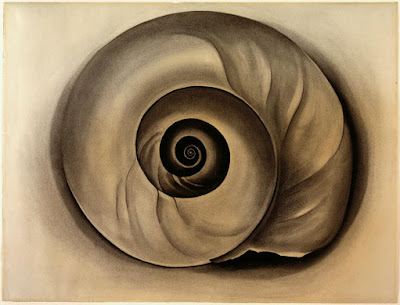 |
| Georgia O´Keefe, The shell |



http://charlotteminty.blogspot.com.es/2012/02/georgia-okeeffes-ghost-ranch-new-mexico.html
http://charlotteminty.blogspot.com.es/2012/02/georgia-okeeffes-ghost-ranch-new-mexico.html
martes, 11 de junio de 2013
Los nidos de Tadashi Kawamata


Tadashi Kawamata
LOS NIDOS DE KAWAMATA
Alberto García del Castillo



